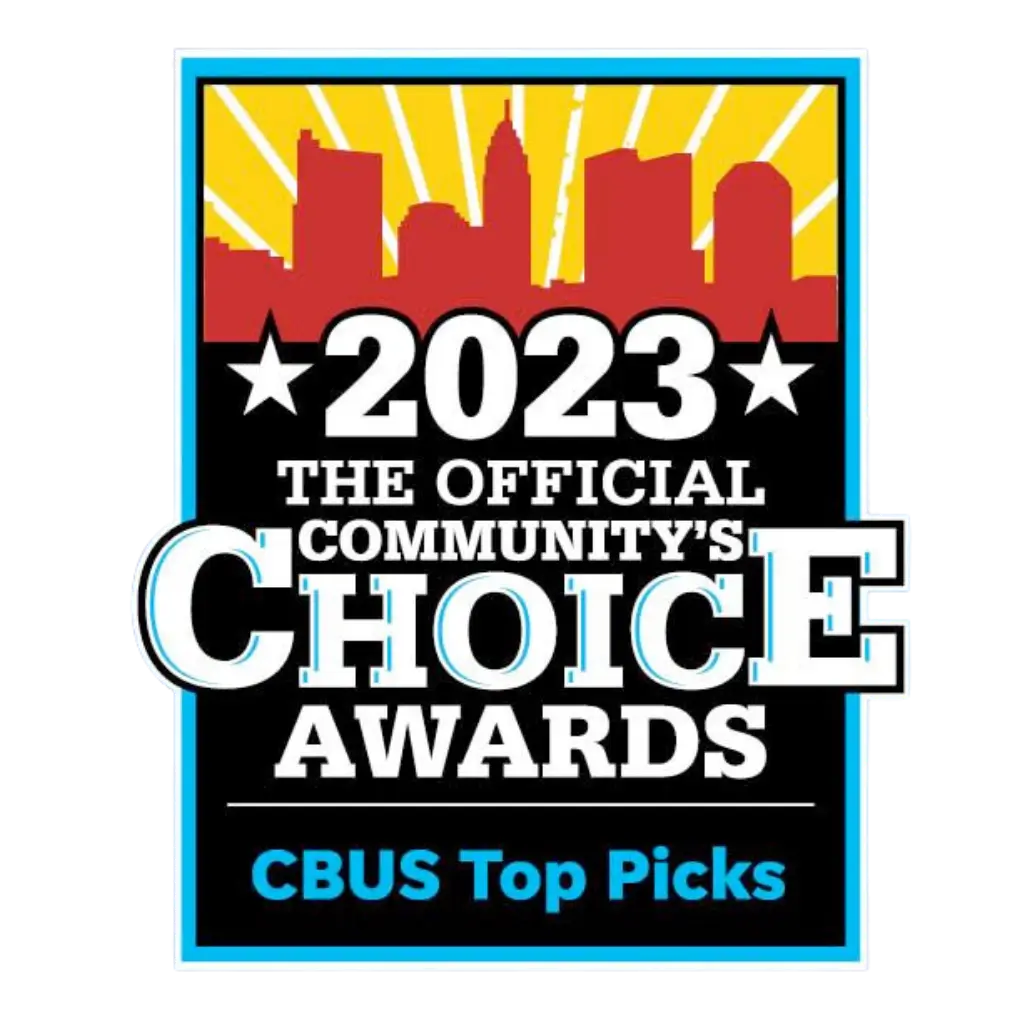As a homeowner, it’s crucial to understand the importance of detecting furnace heat exchanger cracks to ensure the safety and efficiency of your heating system. A furnace heat exchanger is a vital component that plays a critical role in keeping your home warm and comfortable during the heating season. However, when cracks develop in the heat exchanger, it can lead to serious problems that put your health and property at risk.
What is a Furnace Heat Exchanger?
A furnace heat exchanger is a set of metal coils or tubes that transfer heat from the combustion process to the air that circulates throughout your home. It acts as a barrier between the combustion gases and the air you breathe, ensuring that harmful byproducts like carbon monoxide are safely vented outside. The heat exchanger is essential for maintaining a safe and efficient HVAC system.
The Dangers of Heat Exchanger Cracks
When a furnace heat exchanger crack develops, it can have severe consequences. One of the most significant risks is the potential for carbon monoxide leaks. Carbon monoxide is a colorless, odorless, and tasteless gas that can cause serious health problems, including headaches, dizziness, nausea, and even death in high concentrations. A cracked heat exchanger allows this dangerous gas to escape into your living spaces, putting you and your family at risk of carbon monoxide poisoning.
In addition to health risks, a cracked heat exchanger can also lead to decreased efficiency and increased energy bills. As the crack worsens, more heat escapes, forcing your furnace to work harder to maintain the desired temperature. This wastes energy and puts additional strain on the system, potentially leading to more extensive damage and costly furnace repairs.
Common Causes of Heat Exchanger Cracks
Several factors can contribute to the development of furnace heat exchanger cracks. One of the most common causes is normal wear and tear over time. As your furnace ages, the constant heating and cooling cycles can cause the metal to expand and contract, leading to stress fractures. Improper furnace sizing or installation can also put undue stress on the heat exchanger, increasing the likelihood of cracks.
Lack of regular furnace maintenance is another significant factor. When your furnace isn’t properly maintained, dirt and debris can accumulate, restricting airflow and causing the heat exchanger to overheat. This overheating can weaken the metal and make it more susceptible to cracking. A dirty air filter can also contribute to reduced airflow and increased stress on the heat exchanger.
Signs of a Cracked Heat Exchanger
Identifying a furnace heat exchanger crack early is essential for preventing further damage and ensuring your safety. Some common signs to watch for include:
- Strange odors: If you notice a strong, unpleasant smell coming from your furnace, it could indicate a crack in the heat exchanger. The odor may resemble formaldehyde or a burning smell.
- Soot buildup: Cracks in the heat exchanger can cause incomplete combustion, leading to soot accumulation around the furnace or on nearby surfaces.
- Unusual sounds: If you hear popping, rattling, or banging noises coming from your furnace, it may be a sign of a cracked heat exchanger.
How to Detect Cracks
While some signs of a furnace heat exchanger crack are noticeable, others may be more difficult to detect. One way to check for cracks is through a visual inspection. Look for any visible cracks, corrosion, or discoloration on the heat exchanger’s surface. However, it’s important to note that not all cracks are visible to the untrained eye.
It’s best to schedule a professional furnace inspection with an HVAC pro to ensure a thorough inspection. HVAC technicians have the tools and expertise to perform comprehensive tests, such as a combustion analysis using a combustion analyzer or a carbon monoxide test, to diagnose a cracked heat exchanger accurately.
Installing carbon monoxide detectors throughout your home is another crucial step in detecting potential leaks caused by a furnace heat exchanger crack. These devices alert you to dangerous levels of carbon monoxide, giving you time to evacuate and address the issue promptly.
Solutions for a Cracked Heat Exchanger
If a crack is detected in your furnace heat exchanger, it’s essential to take immediate action. In most cases, the best solution is to replace the heat exchanger entirely, whether the primary or secondary heat exchanger. Attempting to repair a cracked heat exchanger is often not recommended, as it may not provide a long-term solution and could compromise your safety.
In some situations, particularly with older furnaces, it may be more cost-effective to replace the entire furnace rather than just the heat exchanger. A professional HVAC technician can assess your system and guide the most appropriate course of action.
Regular preventive maintenance, such as annual furnace tune-ups, is key to avoiding future heat exchanger cracks. During these tune-ups, HVAC technicians thoroughly inspect your system, clean essential components, and identify potential issues before they escalate into more serious problems.
When to Call a Professional
If you suspect a furnace heat exchanger crack or notice any of the warning signs mentioned earlier, it’s crucial to contact a professional HVAC technician immediately. Attempting to diagnose or repair the issue yourself can be dangerous and may void your furnace’s warranty.
Preventive Measures
To minimize the risk of furnace heat exchanger cracks, there are several preventive measures you can take:
- Schedule regular furnace maintenance: Annual tune-ups help keep your system running efficiently and allow technicians to catch potential issues early.
- Ensure proper furnace sizing and installation: An oversized or undersized furnace can put unnecessary stress on the heat exchanger, leading to premature cracks.
- Maintain adequate airflow: Keep air filters clean and ensure that your home has proper ventilation to prevent overheating and reduce strain on the heat exchanger.
- Check safety switches and the pilot light: Make sure all safety switches are functioning properly and that the pilot light is clean and stable to prevent combustion problems.
The Logan Difference
At Logan A/C & Heat, our family-owned business has been serving the community since 1969. We pride ourselves on delivering top-quality installations and exceptional customer service.
Our highly trained installers, experienced managers, and thorough processes ensure that every installation is completed efficiently and to the highest standards. We keep you informed throughout the process and provide a comprehensive walkthrough to ensure your comfort and confidence.
We go the extra mile to handle warranty issues and give back to our community. When you choose Logan A/C & Heat, you become part of our family and experience the Logan Difference firsthand.
Frequently Asked Questions (FAQs)
How often should I have my furnace inspected for heat exchanger cracks?
It’s recommended to have your furnace inspected annually by a professional HVAC technician. During this inspection, they will check for any signs of heat exchanger cracks and address any potential issues before they become more serious.
Can a cracked heat exchanger be repaired, or does it always need to be replaced?
In most cases, a cracked heat exchanger cannot be reliably repaired and must be replaced. Attempting to repair a cracked heat exchanger may not provide a long-lasting solution and could compromise your safety. It’s best to consult with a professional HVAC technician to determine the most appropriate course of action for your specific situation.


















